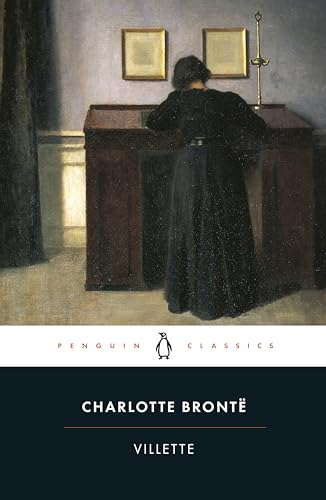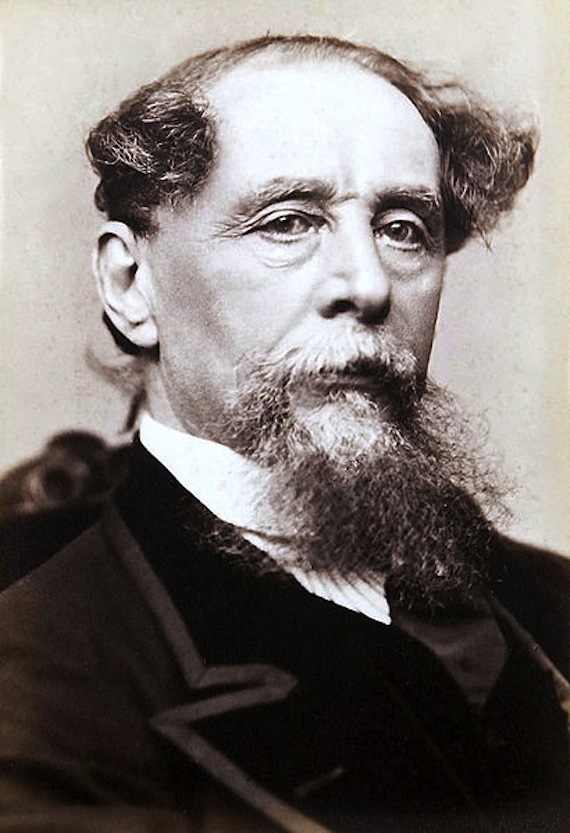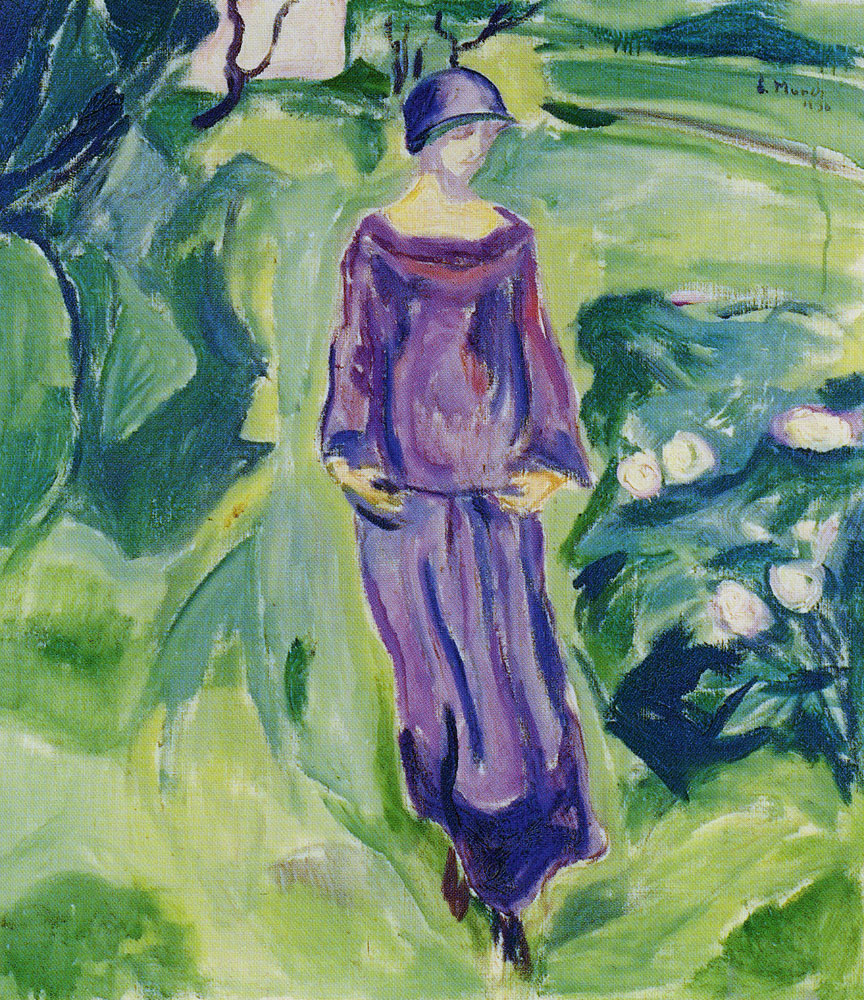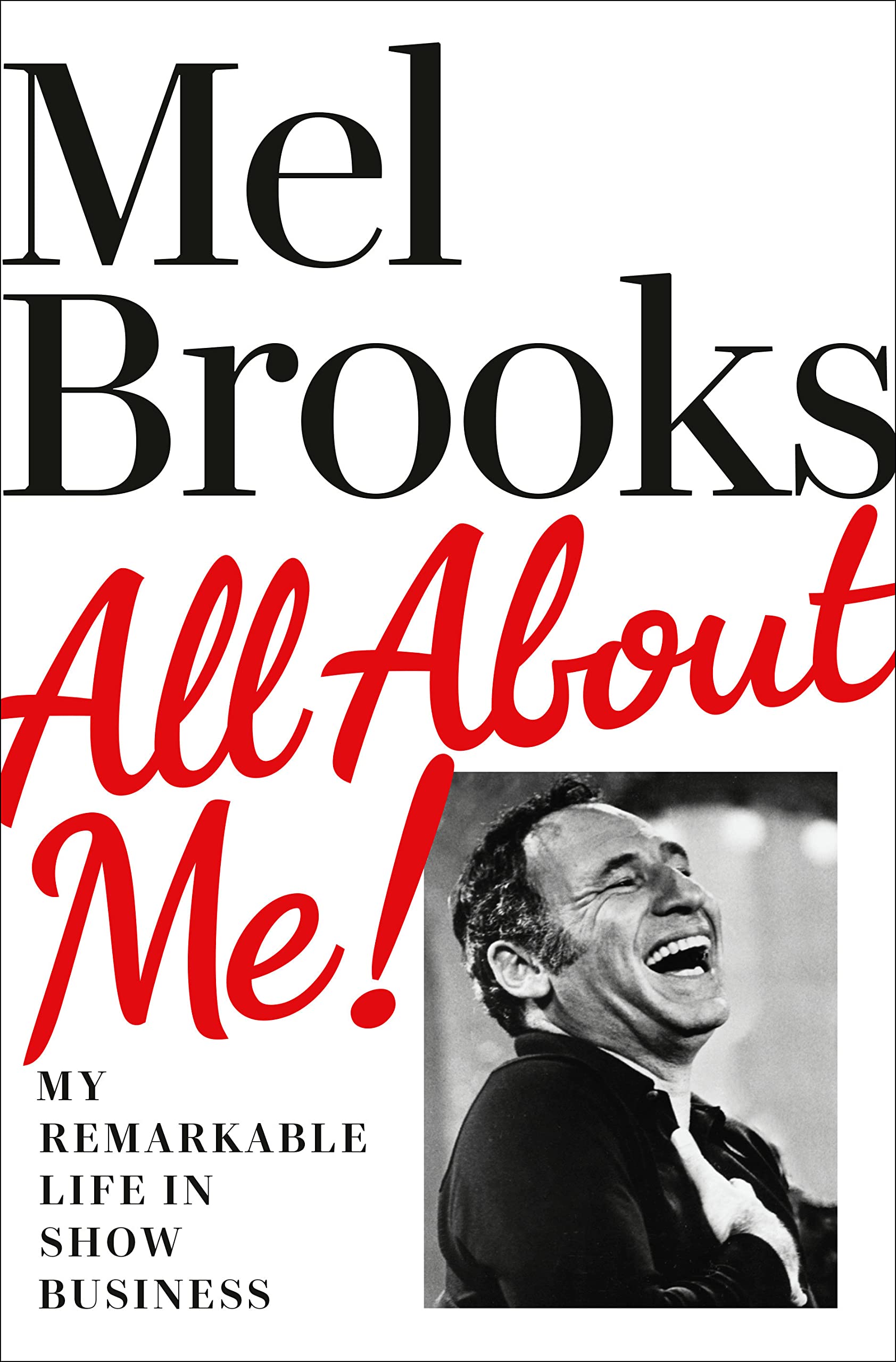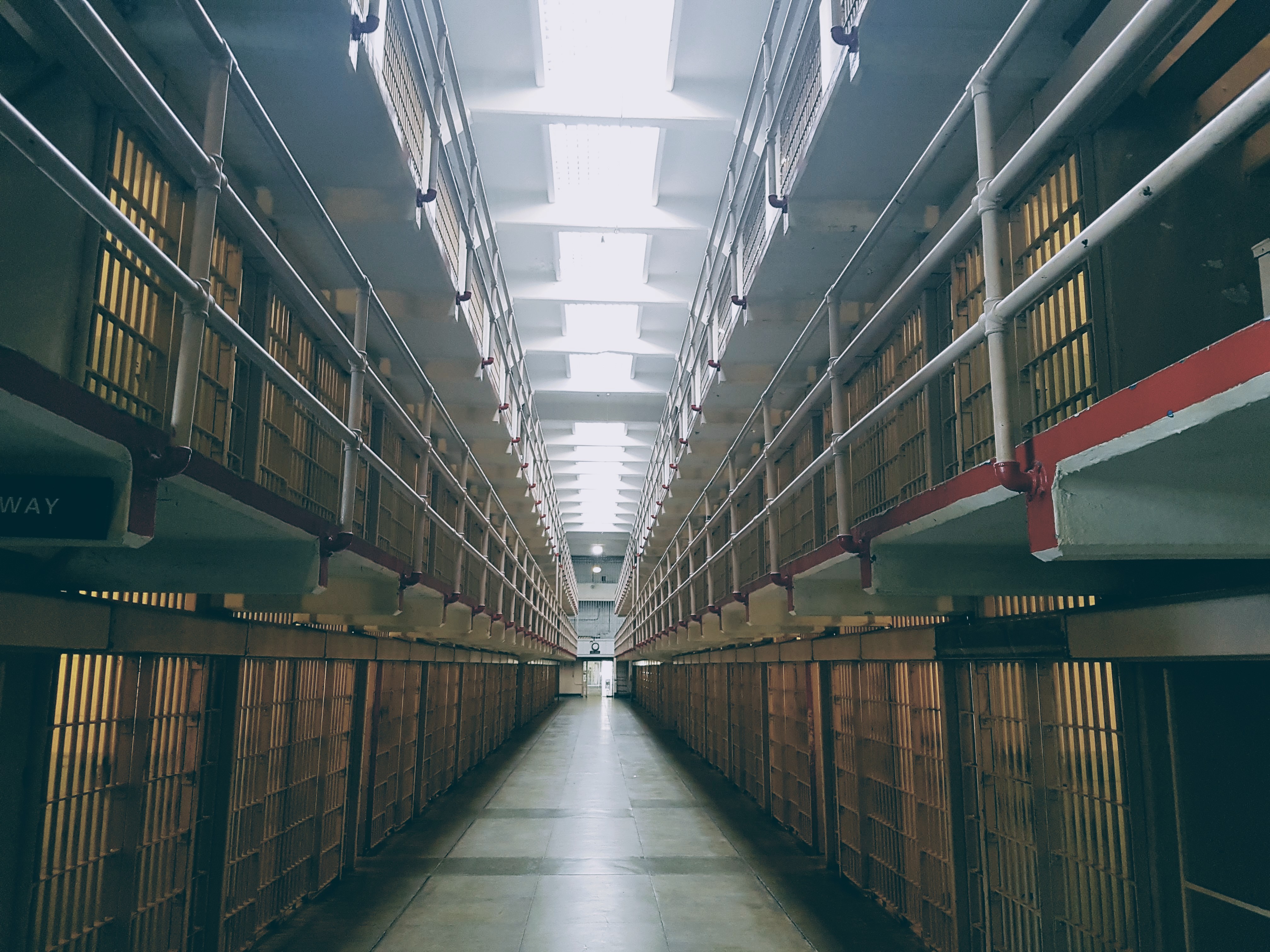What was Charles Dickens’s best novel? It depends whom you ask of course. G.K. Chesterton thought Bleak House represented the mature peak of Dickens’s skill as a novelist, although he went on to remark, “We can say more or less when a human being has come to his full mental growth, even if we go so far as to wish that he had never come to it.” This past February, on the occasion of Dickens’s 200th birthday, The Guardian put together this mesmerizing chart ranking 12 of Dickens’s 16 novels on a scale of most to least Dickensian. Bleak House came out first, Great Expectations was last, yet those two titles occupied the top two spots when Time issued its own Top-10 Dickens List for the Dickens bicentennial.
Searching for clarity, I decided to pose the question to a handful of leading Victorianists. In June, I sent out emails to select scholars asking them if they’d be interested in choosing a novel and making their case. I noted that of course there is no such thing as a singular best, and that really the exercise was meant to be fun. Just about everyone I reached out to was game. And, in recognition of how obsessive many Victorianists are about Dickens, one added that after debating his best novel, perhaps I’d be interested in curating a more esoteric discussion: Best Dickens character for a one night stand, or maybe which Dickens character you’d most like to have as your own child.
Saving those conversations for another day, here then are six impassioned, knowledgeable opinions on the topic of the best Dickens novel. I hope you’ll enjoy reading them, and that when you’re through, you’ll share your own views in the comments section.
 1. Bleak House
1. Bleak House
Kelly Hager, Associate Professor of English and Women’s and Gender Studies, Simmons College
“Not to put too fine a point upon it,” as meek Mr. Snagsby is wont to say, Dickens’s best novel is Bleak House. It might not be everyone’s favorite (that honor might go to Dickens’s own “favourite child,” David Copperfield, or to the newly-relevant tale of a Victorian Bernie Madoff, Little Dorrit, or to that classic of 10th grade English, Great Expectations), but Bleak House is absolutely his best: in terms of plot, characters, pacing, social relevance, readability, and its possibilities for adaptation, just to cite some of its virtues.
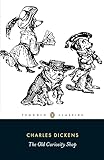 The BBC’s 2005 version brought to the fore the pathos of the heroine Esther Summerson’s plight and the hypocrisy of the world that produced that plight. Brought up by a guardian (actually her aunt) who led her sister to believe that her (illegitimate) baby was born dead, Esther does not learn who her mother is, or even that she is alive, until she has been so disfigured by smallpox that she no longer poses the danger of incriminating her (now married and ennobled) mother by their resemblance. The scene of their first (and only) meeting is heart-rending but not maudlin, revealing just how far Dickens has moved beyond the sentimental portrayal of Little Nell’s deathbed (in The Old Curiosity Shop) and his precious depiction of the orphaned Oliver Twist. The emotions the scene calls up are honest, earned, poignant.
The BBC’s 2005 version brought to the fore the pathos of the heroine Esther Summerson’s plight and the hypocrisy of the world that produced that plight. Brought up by a guardian (actually her aunt) who led her sister to believe that her (illegitimate) baby was born dead, Esther does not learn who her mother is, or even that she is alive, until she has been so disfigured by smallpox that she no longer poses the danger of incriminating her (now married and ennobled) mother by their resemblance. The scene of their first (and only) meeting is heart-rending but not maudlin, revealing just how far Dickens has moved beyond the sentimental portrayal of Little Nell’s deathbed (in The Old Curiosity Shop) and his precious depiction of the orphaned Oliver Twist. The emotions the scene calls up are honest, earned, poignant.

 Similarly, the anger John Jarndyce feels at the Chancery suit that occupies the novel is not the self-righteous ire of those who uncover the educational abuses of Dotheboys Hall (in Nicholas Nickleby) or rail against the inequities of the law of divorce (in Hard Times), but the heartfelt anguish of a man who has seen friends and relatives destroyed by the red tape and bureaucracy of the Court of Chancery (a court that relies not on common law statutes but solely on precedents and was abolished in 1875). Dickens mounts a comparable attack on the aptly named Circumlocution Office in Little Dorrit, where the important thing is to learn “how not to do it,” but there, the depiction is comic. He does the more difficult and subtle thing in Bleak House, relying not on humor but on sad case after sad case to reveal the evils of the system. He writes with empathy; he doesn’t poke easy fun. In Bleak House, written between two national epidemics of cholera, in 1849 and 1854, Dickens also draws attention to the need for sanitary reform (specifically for a regulated, clean supply of water for the public); Bleak House is, in fact, one of the earliest fictional engagements with the field of public health.
Similarly, the anger John Jarndyce feels at the Chancery suit that occupies the novel is not the self-righteous ire of those who uncover the educational abuses of Dotheboys Hall (in Nicholas Nickleby) or rail against the inequities of the law of divorce (in Hard Times), but the heartfelt anguish of a man who has seen friends and relatives destroyed by the red tape and bureaucracy of the Court of Chancery (a court that relies not on common law statutes but solely on precedents and was abolished in 1875). Dickens mounts a comparable attack on the aptly named Circumlocution Office in Little Dorrit, where the important thing is to learn “how not to do it,” but there, the depiction is comic. He does the more difficult and subtle thing in Bleak House, relying not on humor but on sad case after sad case to reveal the evils of the system. He writes with empathy; he doesn’t poke easy fun. In Bleak House, written between two national epidemics of cholera, in 1849 and 1854, Dickens also draws attention to the need for sanitary reform (specifically for a regulated, clean supply of water for the public); Bleak House is, in fact, one of the earliest fictional engagements with the field of public health.
Engaged in social issues, moving, and full of characters we love (the unflappable army wife, Mrs. Bagnet; Jo, the crossing sweeper; Sir Leicester, Lady Dedlock’s loyal husband) and characters we love to hate (the selfish parents Mrs. Jellyby and Mr. Turveydrop; Vholes, the vampiric solicitor), Bleak House is Dickens at his very best.
2. Bleak House
Anna Henchman, Assistant Professor of English, Boston University, and author of The Starry Sky Within: Astronomy and the Reach of the Mind in Victorian Literature
Bleak House begins in sooty obscurity: swirls of fog, snowflakes black with grime, indistinguishable masses. Movement is circular — “slipping and sliding,” — without progress. The laws of this world are quickly established: There is rigid separation between classes. Characters are moving parts in a system that consumes them. Separate realms coexist with little contact with one another.
But then the novel explodes when gauche Mr. Guppy presumes to call on the cold Lady Dedlock. She agrees to see him, and even more strangely, betrays in his presence a quivering vulnerability, a longing to know that echoes our own perplexity as readers of this novel. “What connexion can there be between the place in Lincolnshire, the house in town, the Mercury with the powder, and the whereabout of Jo the outlaw with the broom…?” After Mr. Guppy’s visit, a new sequence of events unfolds, and Lady Dedlock’s life rearranges itself before our eyes. Later, on the open grass, another extraordinary meeting brings us even more closely into her consciousness.
Like us, Mr. Guppy has been playing detective, putting together the pieces of the book, and at this point he’s doing it better than we are. Bleak House is a novel full of detectives with whom we sit in uneasy intimacy because their inquisitive state of mind mirrors our own.Their “calling is the acquisition of secrets.”
Two distinct narrators take us through this increasingly comprehensible world. The omniscient narrator can enter anywhere, taking us from foggy London to Lincolnshire. He floats through walls, moving from the airless chambers of one house in town to the greasy interior of another that stinks of burnt flesh. Esther, by contrast, is a timid outsider, for whom everything is new and strange. Some of the greatest effects of the novel occur when Esther takes us through spaces we’ve visited many times and thought we knew. Right after Esther talks with Lady Dedlock, for instance, she walks through the fragrant gardens of Chesney Wold. “Grostesque monsters bristle” as she thinks about the lives they lead inside, and for the first time we feel attached to the stately home.
The great pleasure of this novel is the pleasure of plot — of retroactively putting events into sequence. Like detectives, novelists construct patterns out of disparate fragments. This novel more than any other Dickens novel feels both ordered and dynamic. Characters who flash past us — a man from Shropshire, a crossing sweeper — resolve into detail, acquire names, and fill out in time and space. As the lines between networks of characters thicken, the world gets smaller, more recognizable, but also more dangerous for the ones we love most.
 3. David Copperfield
3. David Copperfield
Maia McAleavey, Assistant Professor of English, Boston College
“Of course I was in love with little Em’ly,” David Copperfield assures the reader of his childhood love. “I am sure I loved that baby quite as truly, quite as tenderly, with greater purity and more disinterestedness, than can enter into the best love of a later time of life.” Loving a person or a book (and “David Copperfield” conveniently appears to be both) may have nothing at all to do with bestness. The kind of judicious weighing that superlative requires lies quite apart from the easy way the reader falls in love with David Copperfield.
 To my mind, David is far more loveable than Pip (Great Expectations’ fictional autobiographer), and better realized than Esther (Bleak House’s partial narrator). And it does help to have a first-person guide on Dickens’s exuberantly sprawling journeys. David, like Dickens, is a writer, and steers the reader through the novel as an unearthly blend of character, narrator, and author. This is not always a comforting effect. “Whether I shall turn out to be the hero of my own life, or whether that station will be held by anybody else, these pages must show,” David announces in his unsettling opening sentence.
To my mind, David is far more loveable than Pip (Great Expectations’ fictional autobiographer), and better realized than Esther (Bleak House’s partial narrator). And it does help to have a first-person guide on Dickens’s exuberantly sprawling journeys. David, like Dickens, is a writer, and steers the reader through the novel as an unearthly blend of character, narrator, and author. This is not always a comforting effect. “Whether I shall turn out to be the hero of my own life, or whether that station will be held by anybody else, these pages must show,” David announces in his unsettling opening sentence.
Here he is, at once a young man thoroughly soused after a night of boozing and a comically estranging narrative voice: “Owing to some confusion in the dark, the door was gone. I was feeling for it in the window-curtains…We went down-stairs, one behind another. Near the bottom, somebody fell, and rolled down. Somebody else said it was Copperfield. I was angry at that false report, until, finding myself on my back in the passage, I began to think there might be some foundation for it.”
Is the novel nostalgic, sexist, and long? Yes, yes, and yes. But in its pages, Dickens also frames each of these qualities as problems. He meditates on the production, reproduction, and preservation of memories; he surrounds his typically perfect female characters, the child-bride Dora and the Angel-in-the-House Agnes, with the indomitable matriarch Betsey Trotwood and the sexlessly maternal nurse Peggotty; and he lampoons the melodramatically longwinded Micawber while devising thousands of ways to keep the reader hooked. If you haven’t yet found your Dickensian first love, David’s your man.
4. David Copperfield
Leah Price, Professor of English, Harvard University
“Of all my books,” confessed Dickens in the preface, “I like this the best. It will be easily believed that I am a fond parent to every child of my fancy, and that no one can ever love that family as dearly as I love them. But, like many fond parents, I have in my heart of hearts a favourite child. And his name is DAVID COPPERFIELD.”
David Copperfield fits the bill for a “best of” contest because it’s all about who’s first, who’s favorite, who’s primary. It’s one of Dickens’s few novels to be narrated entirely in the first person; it’s the only one whose narrator’s initials reverse Charles Dickens’s, and whose plot resembles the story that Dickens told friends about his own family and his own career. (But Dickens takes the novelist’s privilege of improving on the facts, notably by killing off David’s father before the novel opens in order to prevent him from racking up as many debts as Dickens senior did over the course of his inconveniently long life.)
 That means that it’s also one of the few Dickens novels dominated by one character’s story and one character’s voice (This stands in contrast to Bleak House, say, which shuttles back and forth between two alternating narrators, one first-person and past-tense, the other third-person and couched in the present). As a result David Copperfield is less structurally complex, but also more concentrated, with an intensity of focus that can sometimes feel claustrophobic or monomaniacal but never loses its grip on a reader’s brain and heart. Its single-mindedness makes it more readable than a novel like Pickwick Papers, where the title character is little more than a human clothesline on which a welter of equally vivid minor characters are hung. Yet at the same time, it’s a novel about how hard it is to be first: Can you come first in your mother’s heart after she marries a wicked stepfather? And can your own second wife come first for you after her predecessor dies?
That means that it’s also one of the few Dickens novels dominated by one character’s story and one character’s voice (This stands in contrast to Bleak House, say, which shuttles back and forth between two alternating narrators, one first-person and past-tense, the other third-person and couched in the present). As a result David Copperfield is less structurally complex, but also more concentrated, with an intensity of focus that can sometimes feel claustrophobic or monomaniacal but never loses its grip on a reader’s brain and heart. Its single-mindedness makes it more readable than a novel like Pickwick Papers, where the title character is little more than a human clothesline on which a welter of equally vivid minor characters are hung. Yet at the same time, it’s a novel about how hard it is to be first: Can you come first in your mother’s heart after she marries a wicked stepfather? And can your own second wife come first for you after her predecessor dies?
On David’s birthday, he tells us, “I went into the bar of a public-house, and said to the landlord: ‘What is your best — your very best — ale a glass?’ ‘Twopence-halfpenny,’ says the landlord, ‘is the price of the Genuine Stunning ale.'” David Copperfield is the genuine stunning: there’s nothing quite like it, in Dickens’s work or out.


 5. Little Dorrit
5. Little Dorrit
Deb Gettelman, Assistant Professor of English, College of the Holy Cross
There’s a different best Dickens novel for every purpose. Even though Dickens’s peculiar characters with their tic phrases sometimes appear interchangeable, his novels as a whole are surprisingly different from each other in their focus of interest, narrative structure, and in some cases, length. The best Dickens novel to read? Bleak House. To teach? Oliver Twist. To boast that I’ve read? Martin Chuzzlewit (really, I have). To understand Dickens’s consciousness as a writer? Little Dorrit.
I’d like to think a writer’s best novel is the one that, if it had never been written, would cause the greatest difference in how much we think we understand about that writer’s overall work. It might be predictable, but for me the later, darker, reflective books often suit this purpose best: Persuasion, Villette, The Wings of the Dove. For Dickens’s readers it is Little Dorrit, his deeply personal novel of middle age that reveals the author’s consciousness as an artist at its most mature, reflective, and darkest stage
Little Dorrit is Dickens’s moodiest novel, and comparatively little happens in it. There are the usual plot complications — and what Dickens called the novel’s “various threads” often seem to hang together by a thread — but at its heart is the stasis of a debtor’s prison, where Amy, or Little Dorrit, has grown up tending to her self-deluding father. The novel’s many psychologically imprisoned characters mostly sit around brooding about their thwarted lives, especially the hero, Arthur Clennam, who is older and more anguished than Dickens’s other heroes and heroines. Elements familiar from Dickens’s other novels — satiric portrayals of bureaucrats and aristocrats, the self-sacrificing young woman, even a murderous Frenchman — seem more sinister in this novel because they are the cause of so much melancholy.
At one point Dickens summarizes Clennam’s thoughts in a way that seems emblematic of the novel: “Little Dorrit, Little Dorrit. Again, for hours. Always Little Dorrit!” As Lionel Trilling observed, Little Dorrit is the most interiorized of Dickens’s novels. Shortly after writing it Dickens made a spectacle of breaking up his family, and characters in the novel torture, contort, misrepresent, and stifle one another’s feelings in spectacularly awful ways. In a game of word association, ‘Dickens’ would readily call to mind words like ‘comedy,’ ‘caricature,’ and ‘satire.’ ‘Little Dorrit’ would yield ‘interiority,’ ‘psychological depth,’ ‘angst,’ and all the inventive strategies Dickens uses to achieve these qualities. It enables us to see the fullest possible psychological and artistic spectrum of his work.
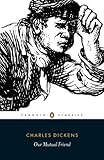 6. Our Mutual Friend
6. Our Mutual Friend
Daniel Pollack-Pelzner, Assistant Professor of English, Linfield College
Our Mutual Friend was my Dickens gateway drug. The opening sequence plays like a Scorsese tracking shot on steroids. A body fished out of the Thames becomes gossip at a nouveau riche banquet, from which two lawyers slip out to a dockside police station, where they meet a mysterious man who runs off to take lodgings with a clerk, whose daughter becomes the ward of a dustman, who hires a peg-legged balladeer to read him The Decline and Fall of the Roman Empire. And I haven’t even mentioned the taxidermist.
It’s the Facebook fantasy: everyone is connected — though in the darkly satiric world of late Dickens, this is less an accomplishment than an indictment. The surprise comes from how much fun it is to navigate his corrupt social network. Conventional wisdom asks you to choose Dickens savory or sweet: the ineluctable fog of Bleak House or the bibulous conviviality of The Pickwick Papers. Our Mutual Friend, his last completed novel, gives you both an intricate web of plots and a cast of delightfully scurrilous plotters.
Its particular tickle comes from the recognition that everyone’s an impostor, and a gleeful one at that. People who dismiss Dickensian eccentrics as fanciful caricatures miss how much the fancies are the characters’ own insistent projections. As the narrator says of the self-important balladeer: “His gravity was unusual, portentous, and immeasurable, not because he admitted any doubt of himself, but because he perceived it necessary to forestall any doubt of himself in others.” The self we perform is the self we become.
And everyone’s performing in Our Mutual Friend. A lawyer pretends to be a lime merchant for an undercover job in pub, and after the sleuthing concludes, he’s so enamored of the role that he offers the potboy a job in his fictional “lime-kiln.” When the orphan Sloppy reads the newspaper, “he do the police in different voices” — a line that T.S. Eliot pinched as his working title for the The Waste Land.
This literary legacy, along with the novel’s sustained imagery, have led some critics to call it proto-modernist. Dickens shows us as well that the insights we call post-modern (personality as performance, fiction as artifice) have Victorian roots. The creators of The Wire declared their debt to the 19th-century master of serial narration, and it’s no surprise that a season finale of Lost revolved around a copy of Our Mutual Friend. This is the book you want on a desert island.
Image Credit: Wikipedia







